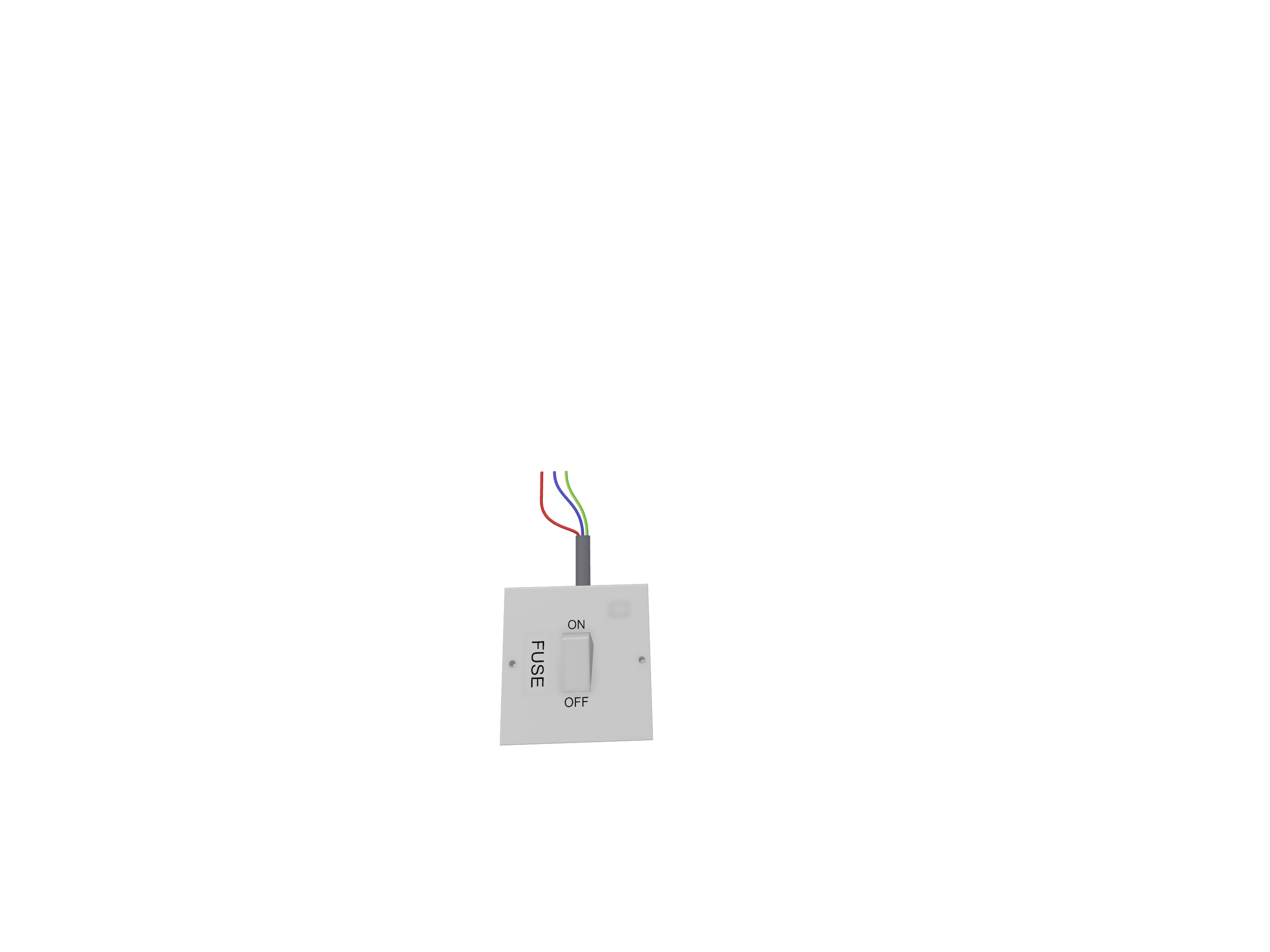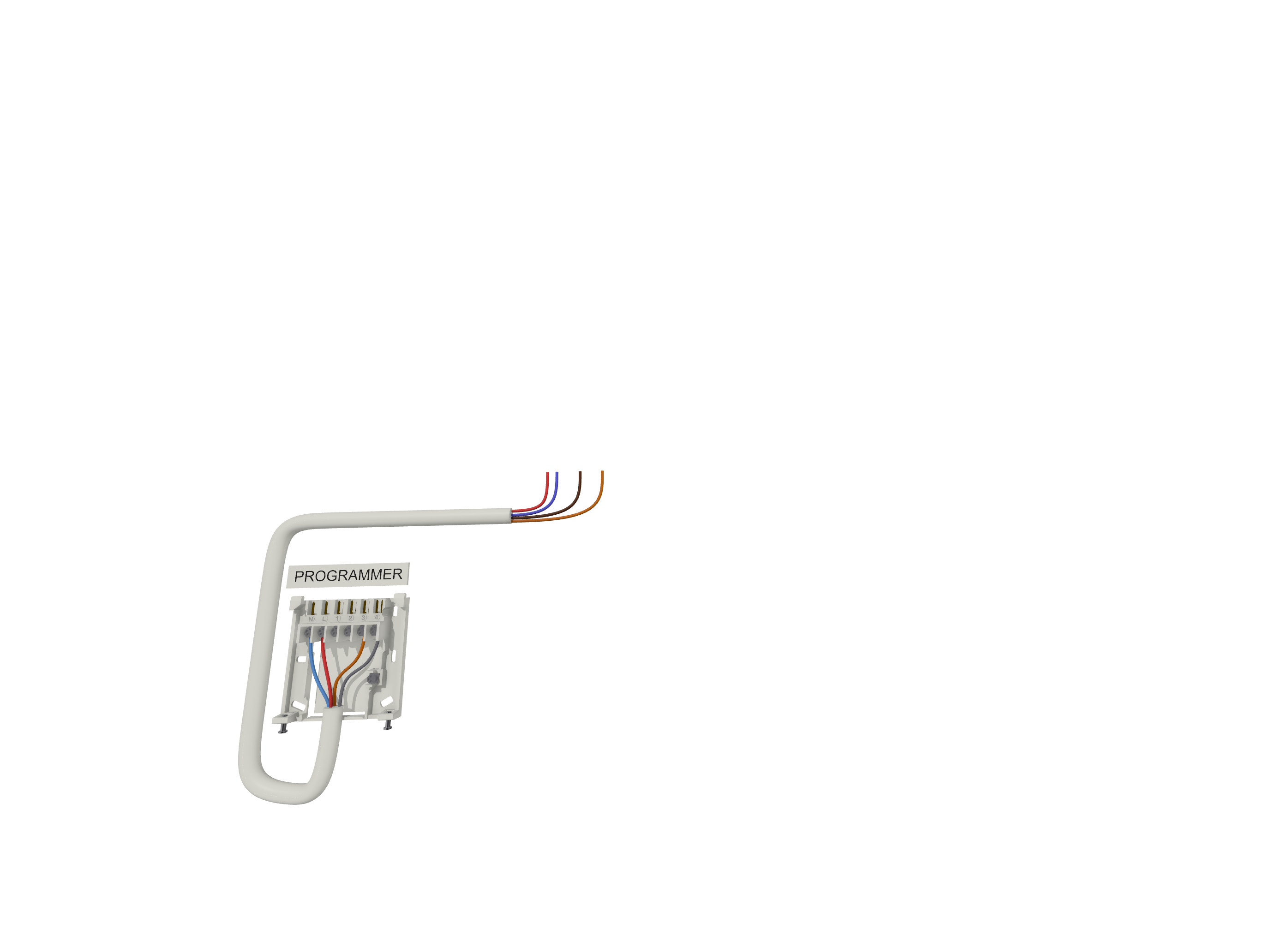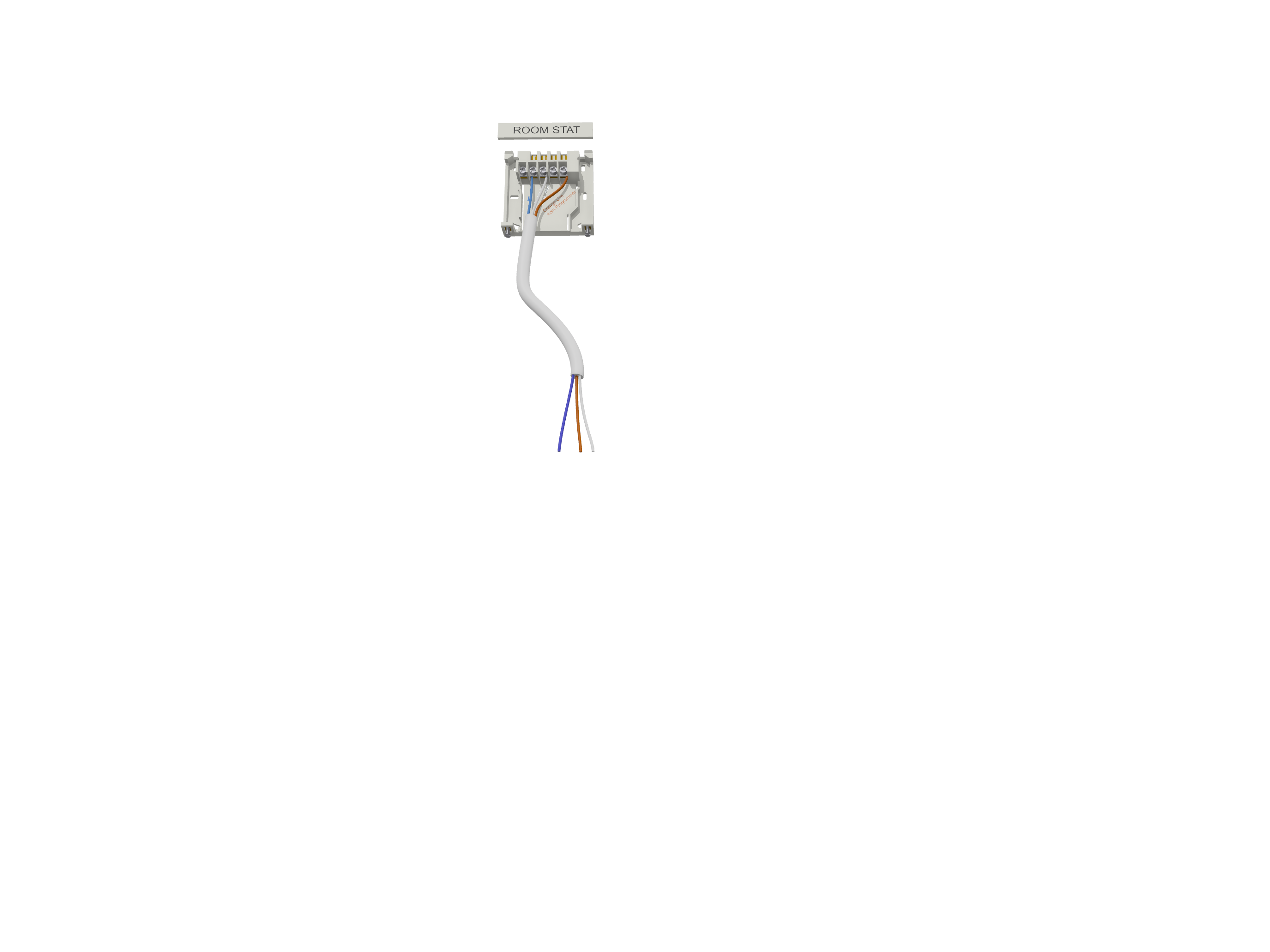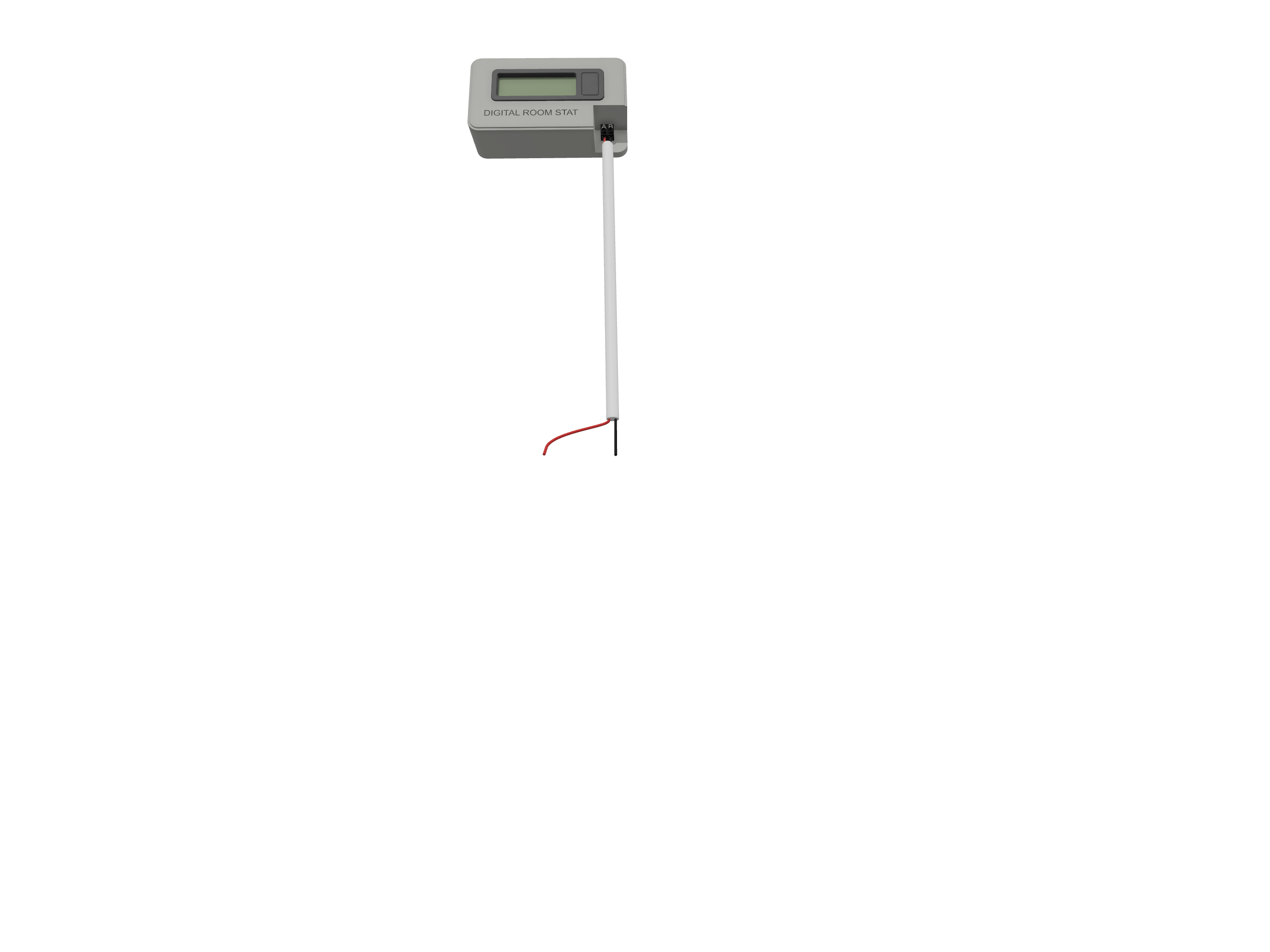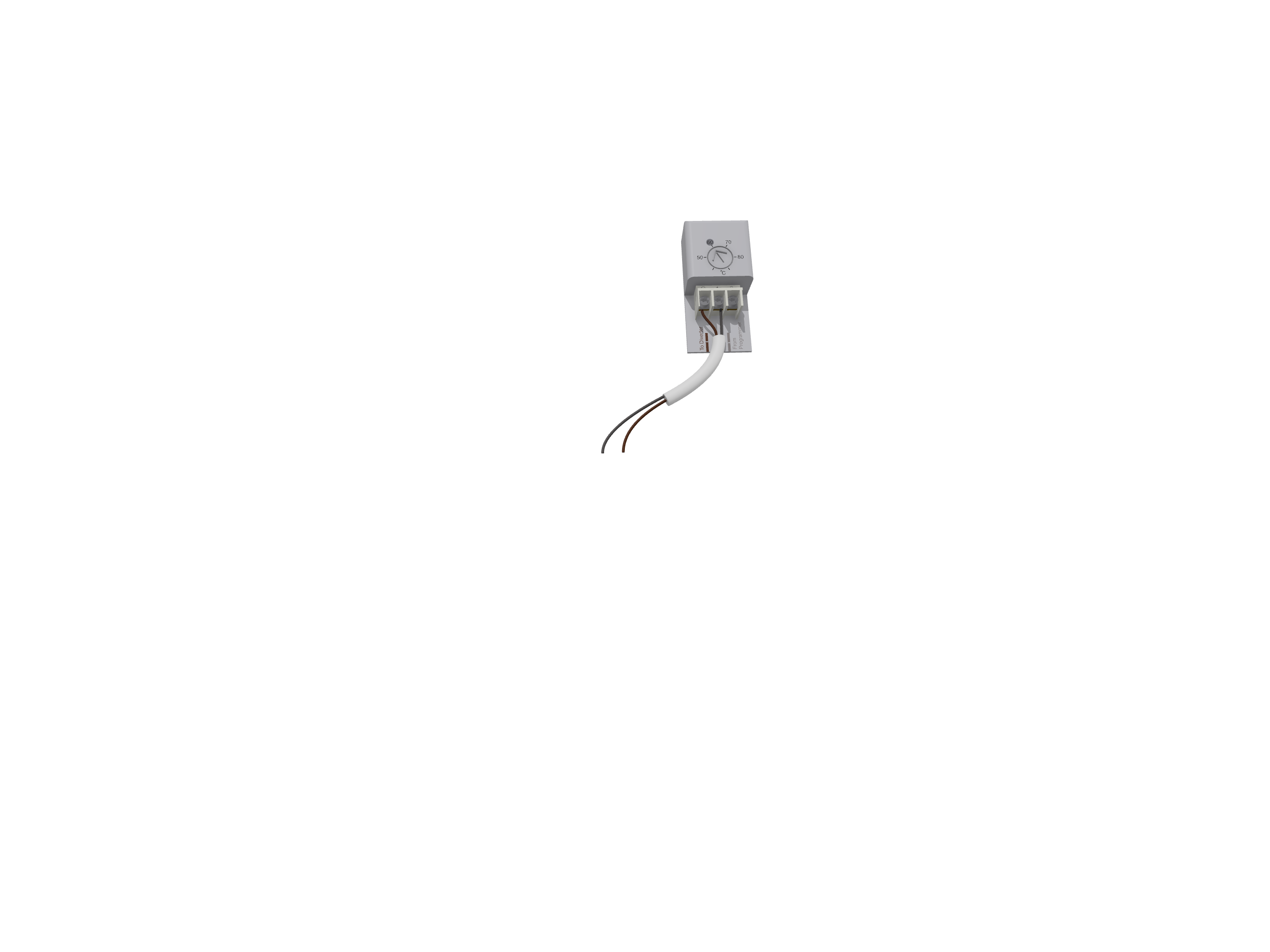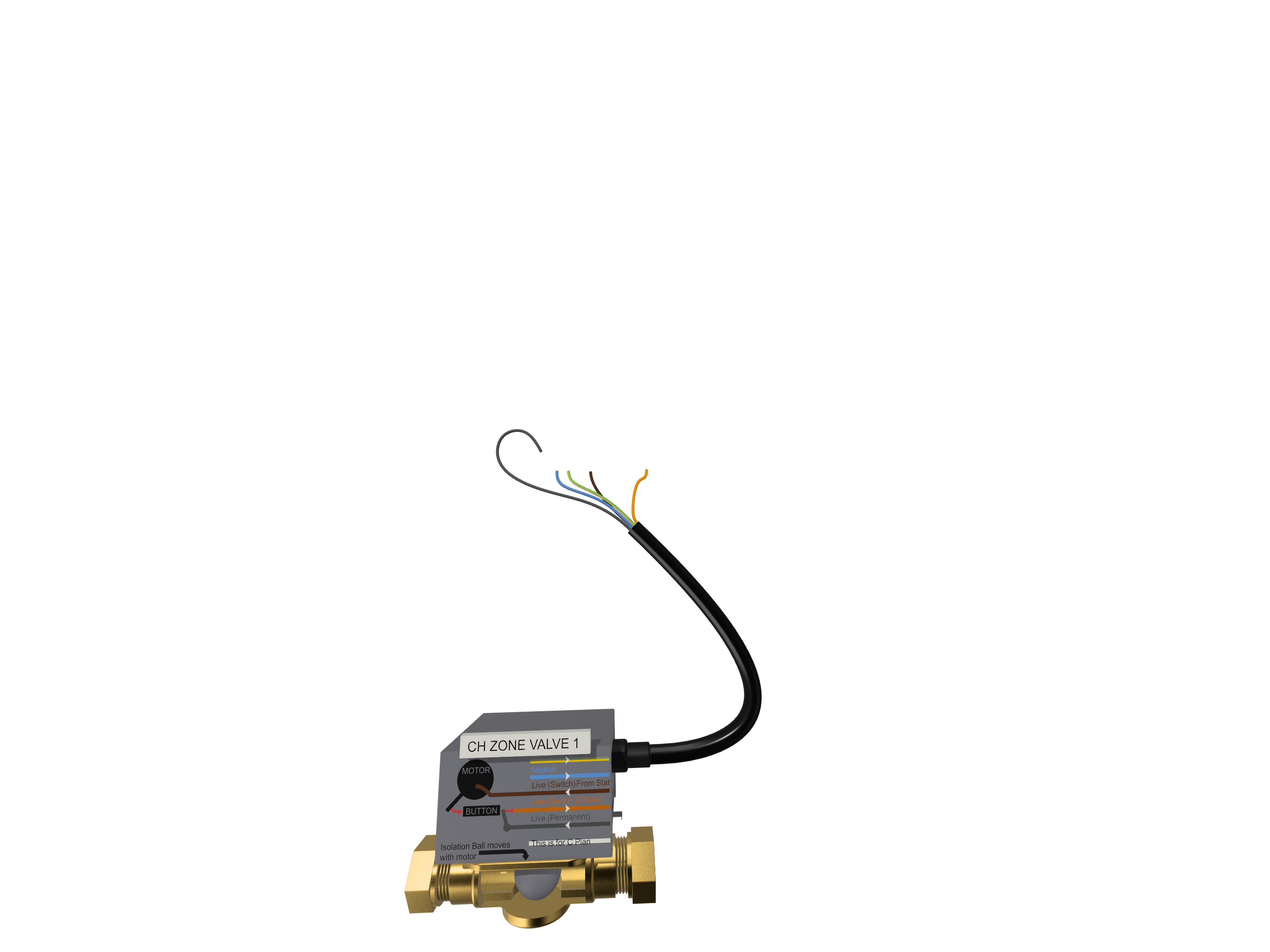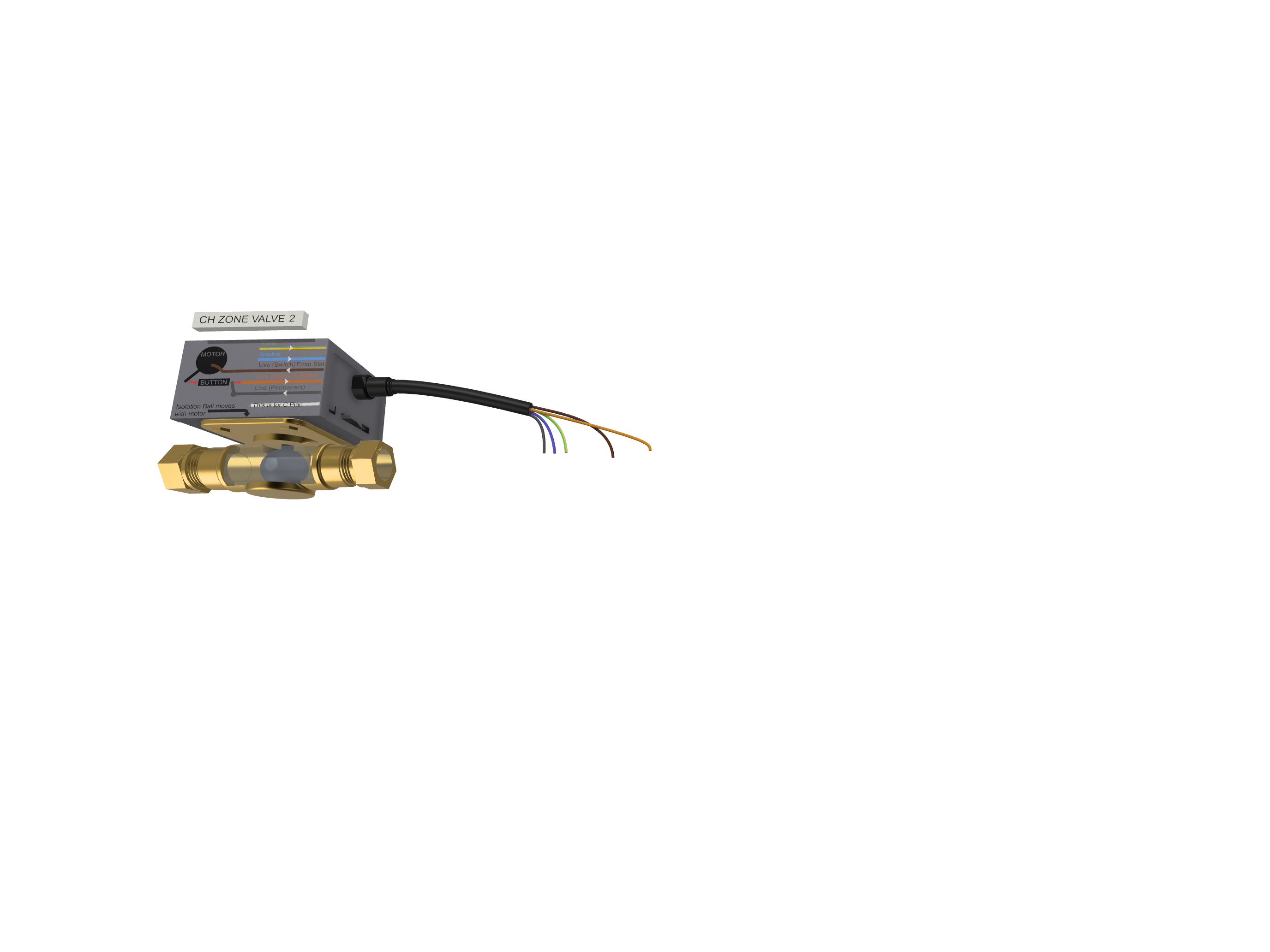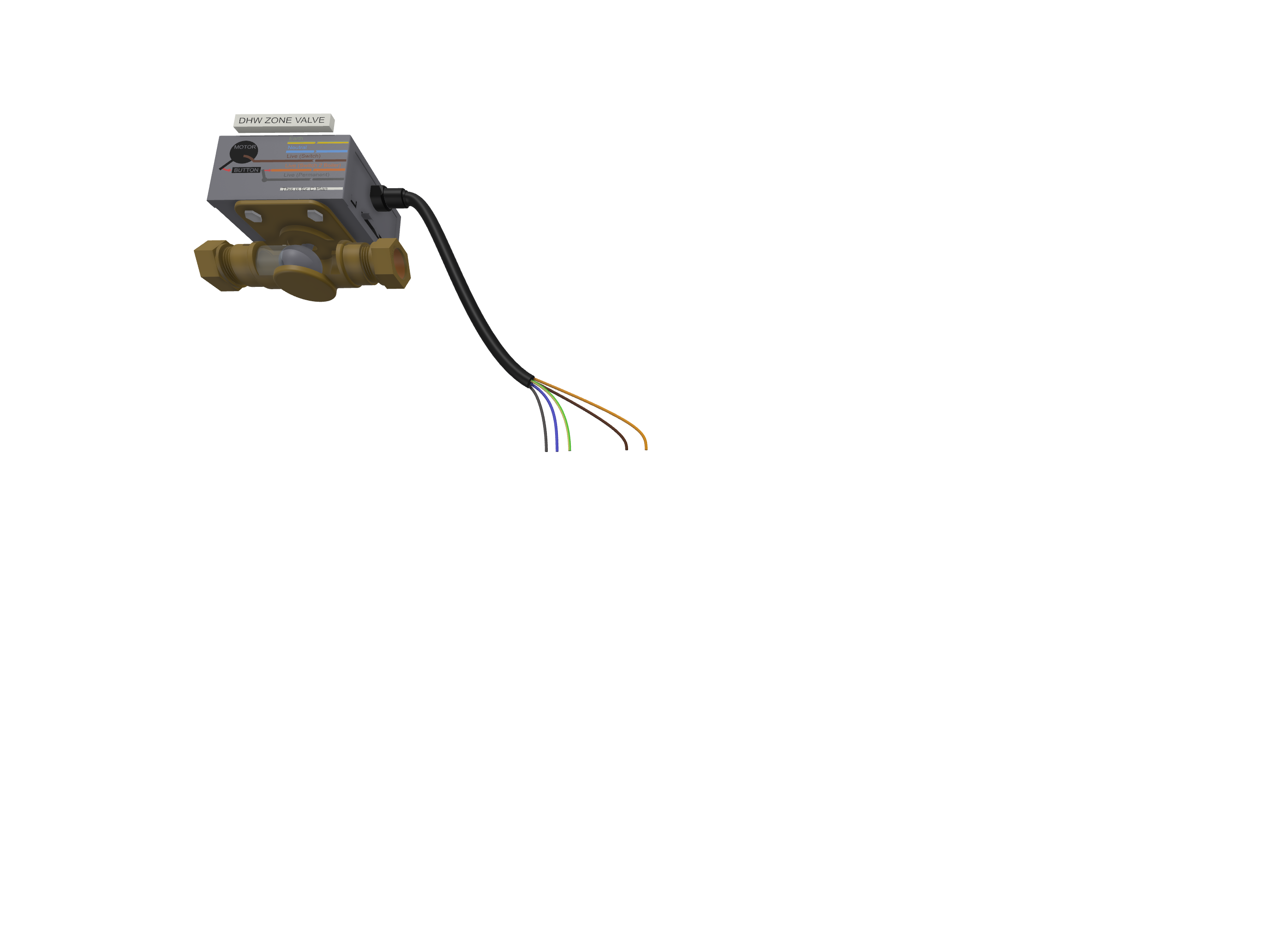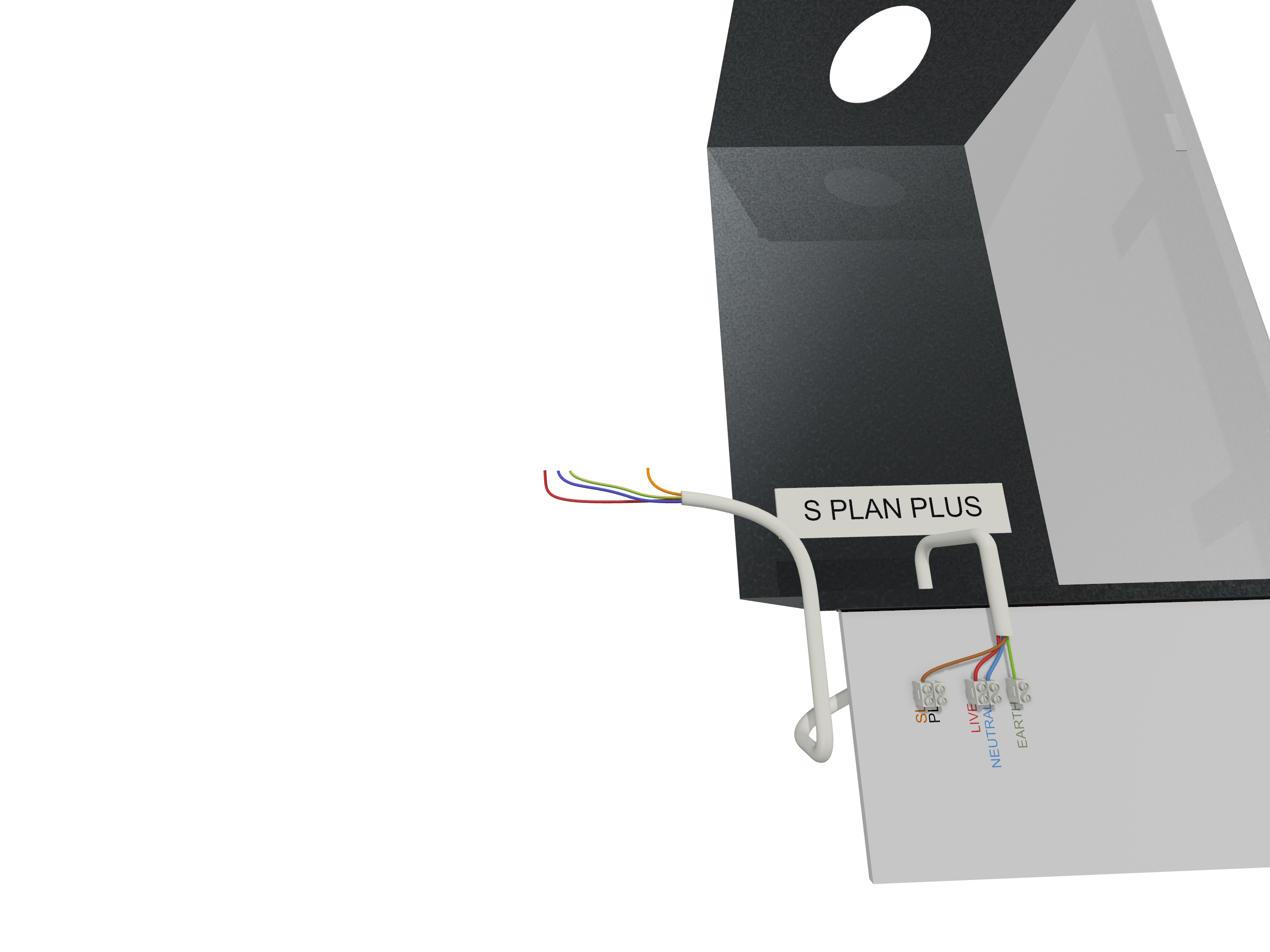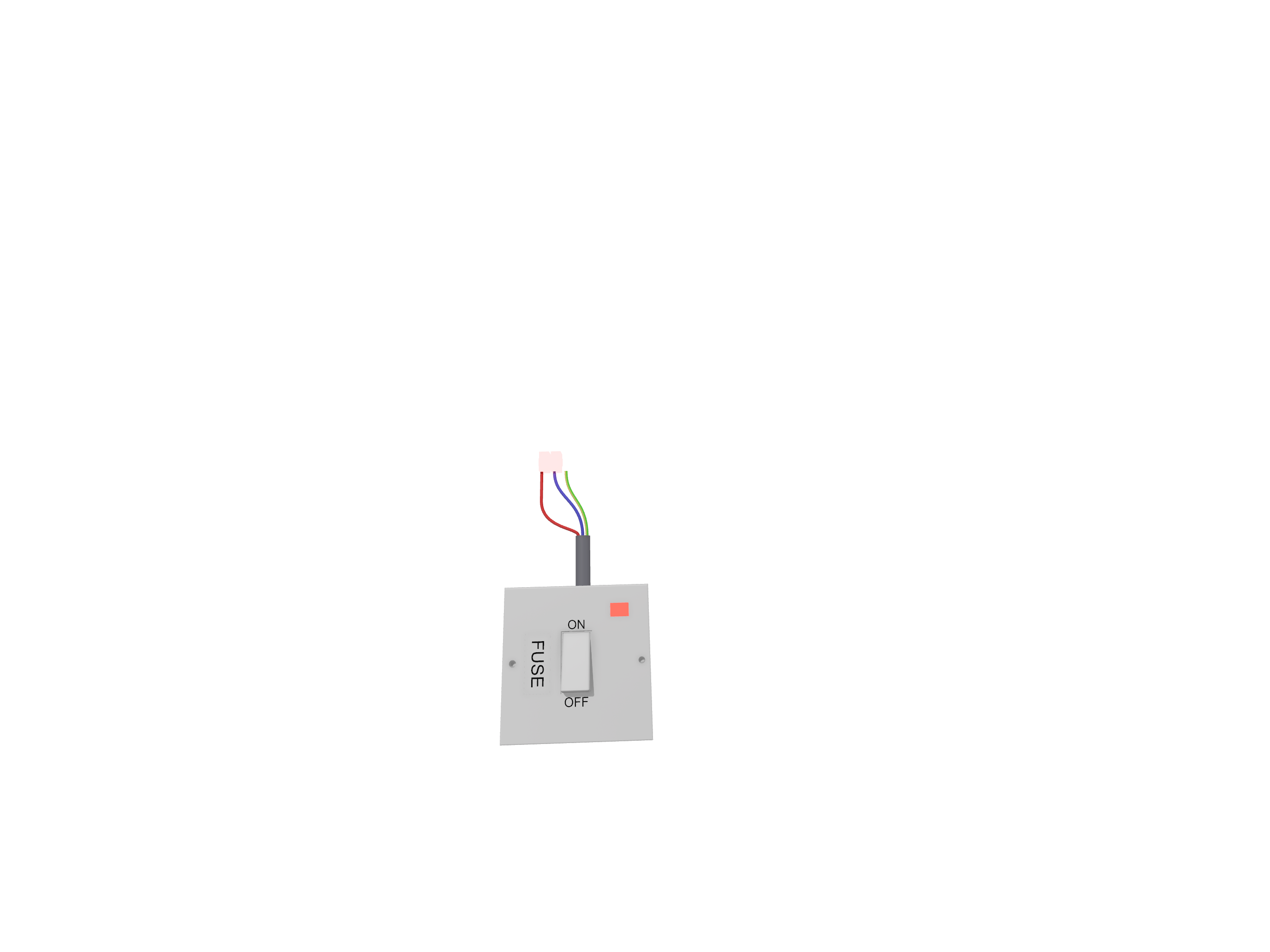To use this diagram, you must be competent and have had the appropriate training in accordance with the standards for central heating systems and boiler fault finding, including wiring for heating systems as outlined in Part L of the Building Regulations and other relevant codes of practice.
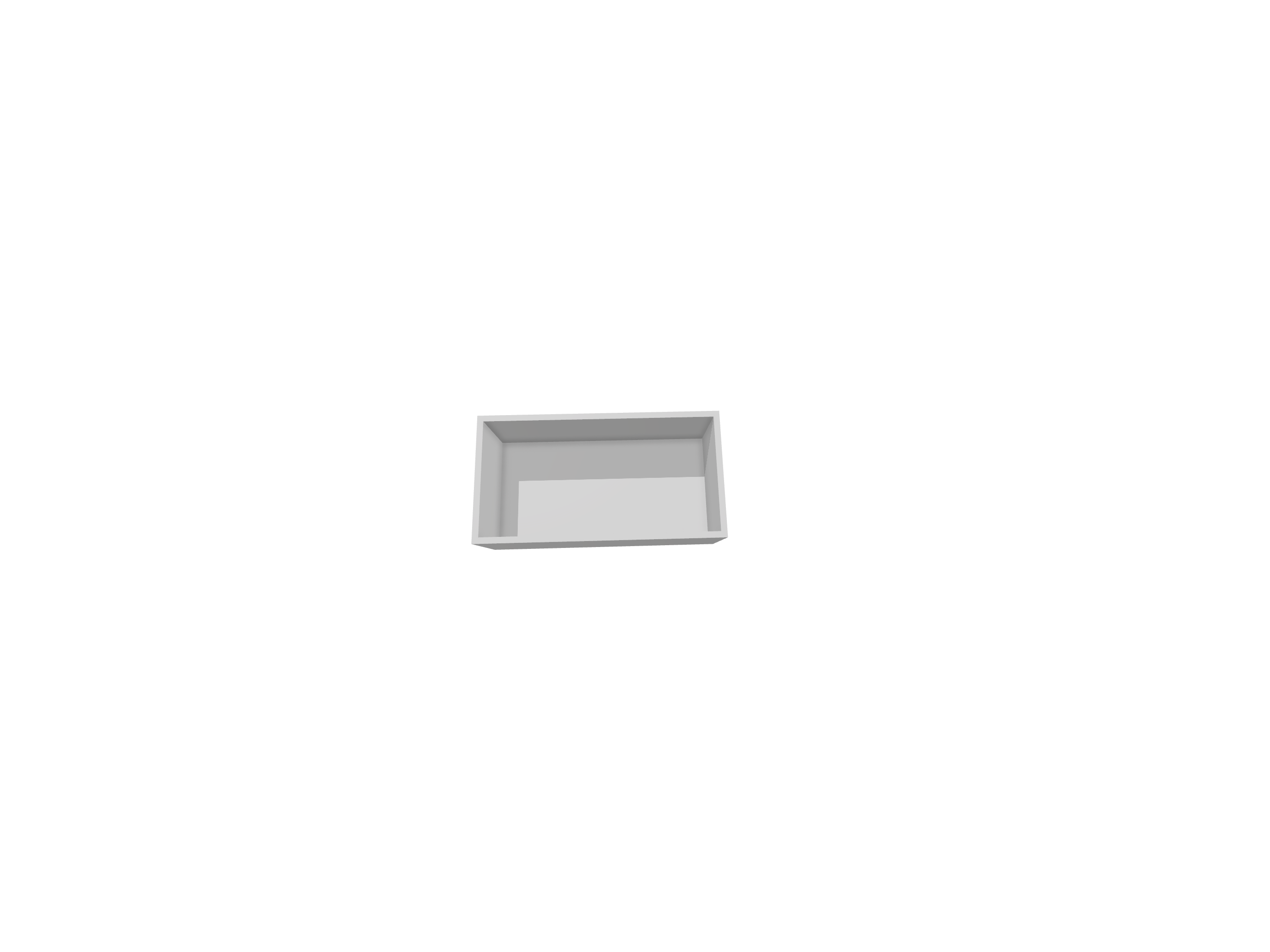

S Plan Plus Heating System: A Comprehensive Guide
Introduction to S Plan Plus Systems
The S Plan Plus heating system is an advanced heating control solution that extends the capabilities of a standard S Plan system by allowing control over multiple heating zones independently. This system provides precise temperature management for both central heating and domestic hot water across different areas of a property, enhancing energy efficiency and comfort.
What is the Difference Between S Plan and S Plan Plus?
The primary distinction between an S Plan and an S Plan Plus heating system lies in the number of heating zones it can control:
- S Plan: Designed to control two zones, typically central heating and hot water, using two motorized valves.
- S Plan Plus: Expands on the S Plan by adding additional heating zones, such as separate control for different floors or living areas. This is achieved by using multiple motorized valves to provide independent temperature management across various zones.
The S Plan Plus system is ideal for larger homes or commercial buildings where separate heating zones are required for improved energy efficiency and occupant comfort.
Key Components of an S Plan Plus System
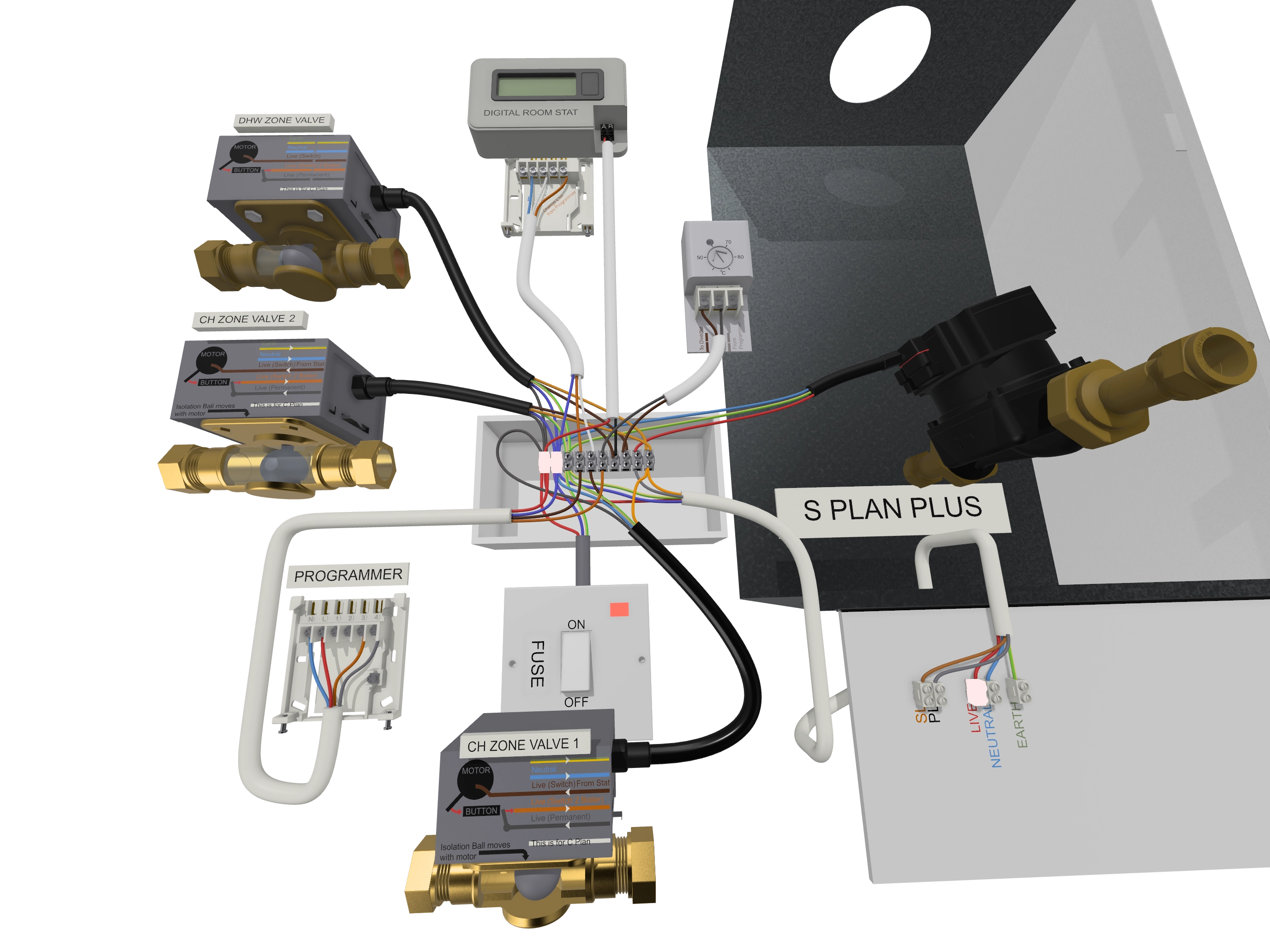
The S Plan Plus system typically includes:
- Motorized Valves: Separate valves for each heating zone.
- Programmer: Allows users to set heating and hot water schedules for different zones.
- Room Thermostats: Provides independent temperature control for each heating zone.
- Cylinder Thermostat: Regulates the domestic hot water temperature.
- Boiler: The heat source providing hot water for heating and domestic use.
- Pump: Circulates hot water throughout the system.
Pump Wiring in an S Plan Plus System
In a traditional S Plan system, the pump is typically wired to block 10 within the wiring center. This setup allows the pump to operate whenever the heating system is switched on, providing circulation of hot water throughout the system. However, in an S Plan Plus system, there is an enhanced option to wire the pump directly to the boiler.
Wiring the Pump via Block 9 to the Boiler
When using an S Plan Plus system, if the boiler is equipped with a 'Pump Live' (PL) terminal, the pump can be wired directly to the boiler via block 9. This method allows the boiler to have direct control over the pump, enabling it to run based on demand rather than simply being activated when the heating system is on.
Advantages of Wiring the Pump to the Boiler
By wiring the pump via block 9 directly to the boiler's 'Pump Live' (PL) terminal, several benefits can be achieved:
- Post-Run Functionality: The boiler can continue to run the pump after the heating cycle ends to dissipate residual heat efficiently, preventing overheating and improving energy efficiency.
- Demand-Based Operation: Instead of running continuously when the heating is on, the pump operates only when needed, reducing unnecessary energy consumption.
- Extended Equipment Life: Less frequent cycling of the pump leads to reduced wear and tear, enhancing the longevity of the pump and related components.
- Better Heat Distribution: The boiler controls the pump based on temperature rather than the heating schedule, ensuring even heat distribution across all zones.
- Optimized Boiler Efficiency: The pump control via the boiler helps maintain an optimal temperature differential, improving overall heating performance.
However, it is essential to verify that the boiler being installed has a dedicated 'Pump Live' (PL) terminal to support this configuration. If not available, the pump should be wired conventionally through the wiring center using block 10.
Why Wire the Pump Directly to the Boiler?
Wiring the pump to the boiler instead of the standard wiring block offers several advantages:
- Post-Run Functionality: The boiler can control the pump operation based on the heat demand, ensuring residual heat is dissipated effectively after the heating cycle.
- Improved Efficiency: The boiler's internal logic can determine the optimal pump runtime, avoiding unnecessary energy consumption.
- Reduced Wear and Tear: Controlled pump operation prevents excessive cycling, extending the lifespan of the pump and system components.
- Better Boiler Protection: Prevents overheating by allowing the boiler to circulate water after shutdown, reducing thermal stress.
By integrating pump control with the boiler, the heating system operates more efficiently, ensuring enhanced safety and reliability.
Benefits of S Plan Plus Systems
The S Plan Plus system offers several advantages, including:
- Energy Efficiency: Heating only the required zones reduces energy consumption.
- Cost Savings: Precise heating control leads to lower energy bills.
- Enhanced Comfort: Independent temperature control for different zones.
- System Flexibility: Suitable for complex heating requirements in larger properties.
- Compliance: Meets modern building regulations for zoned heating control.
Installation and Maintenance Considerations
Proper installation of an S Plan Plus system requires the expertise of a qualified heating engineer. Consider the following for successful installation and maintenance:
- Ensure correct zoning and valve placement for maximum efficiency.
- Regular maintenance of motorized valves, thermostats, and the boiler.
- Periodic system flushing to prevent sludge buildup and maintain efficiency.
Common Issues and Troubleshooting
Some typical problems with S Plan Plus systems include:
- Valve Failures: Over time, motorized valves may stick or fail to open/close properly.
- Thermostat Malfunctions: Incorrect temperature readings can impact zone control.
- Pump Issues: Wiring problems or faulty pumps may lead to inefficient heating.
- Wiring Faults: Poor connections can disrupt communication between components.
If you encounter any of these issues, it is advisable to consult a heating professional for diagnosis and repair.
Related Zoned Heating Articles
For a deeper understanding of different wiring configurations, consider these articles:
- 24V Zoned Valve Wiring Diagram – Learn how 24V zoned valves work and how they differ from standard 230V systems.
- 240V Zoned Valve Wiring Diagram – Discover how 230V systems manage zone valve control via the switch spur.
- 240V/24V Zoned Valve Wiring with Relay – Understand the importance of using relays to separate voltage circuits for safety and efficiency.
Conclusion
The S Plan Plus heating system is an excellent choice for properties requiring enhanced heating control across multiple zones. With benefits such as energy efficiency, cost savings, and greater comfort, it remains a popular solution for both residential and commercial heating needs. Proper installation and maintenance are essential to ensure the longevity and effectiveness of the system. For a comprehensive guide on different heating wiring plans, visit our Central Heating Wiring Plans page.
